Life on the road is all about freedom and never being tied down to possessions… But you’ll still need a few things!
By Owen Clarke *
Living on the road may be more common and accessible today than in years past, but it’s still not easy to make the leap to the camper van life. Therefore, as a full-time freelance outdoor journalist, I’ve lived out of my fair share of vehicles and tents over the years around the world.
I’ve seen almost everything that can go right (and wrong) with van life.
The funny thing is that for many folks, a nomadic, carefree life on the road ends up being harder to maintain than they think. Therefore, the majority of van lifers end up throwing in the towel after just a few months.
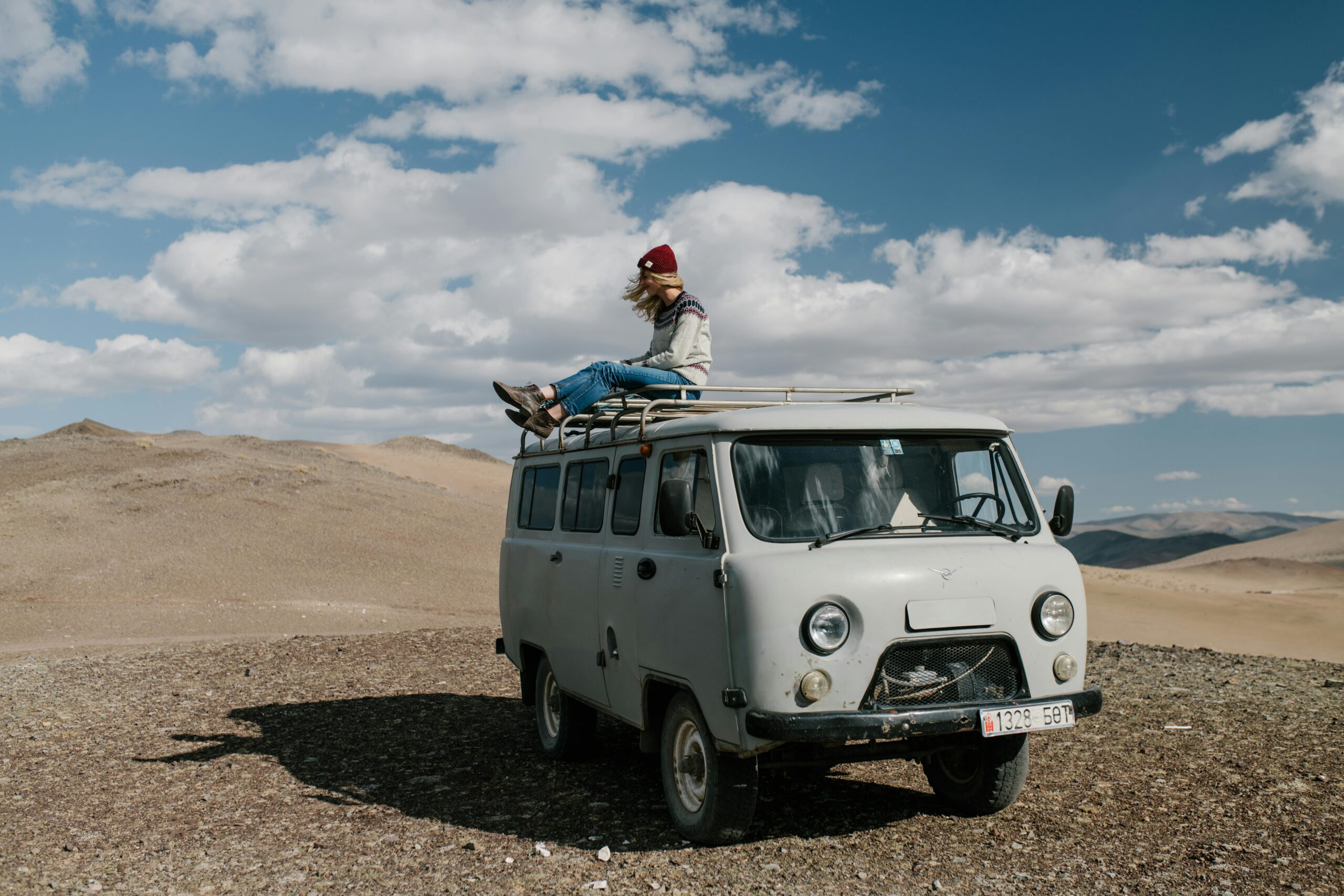
That’s not always because van life isn’t for them. Generally. it’s usually because they aren’t prepared for what comes along with it. Van life isn’t just made up of warm, sunny mornings, clear skies, iced coffee, and homemade acai. Moreso, there are serious obstacles to overcome, from mechanical issues to hygiene and nutrition difficulties, inclement weather (chilly nights and hot weather), and more.
If you aren’t ready for all this, you can end up spending a TON of cash at the beginning of your van life, blow your budget, and end up off the road (and back in your old studio apartment) before you know it. How can you avoid the extra cost, save money and time, and avoid frustrations?
I got my start as an outdoorsman in the Boy Scouts. Scouting taught me to build a fire, pitch a tent, grill a steak, paddle a canoe, and climb a mountain. However, the most important thing I took away was the Boy Scout motto… Be prepared. There’s no exception for proper planning.
When it comes to the nomadic lifestyle, my motto is the same. BE PREPARED. Here are seven things you need to kick off a kickass van life.
NOTE: Keep in mind, that this list is nowhere near exhaustive. These are just a few must-haves, crucial items that I often see downplayed or forgotten at the outset. At the bottom of this article, I’ve added a more exhaustive checklist of full-time van life gear. That said, let’s dive in!
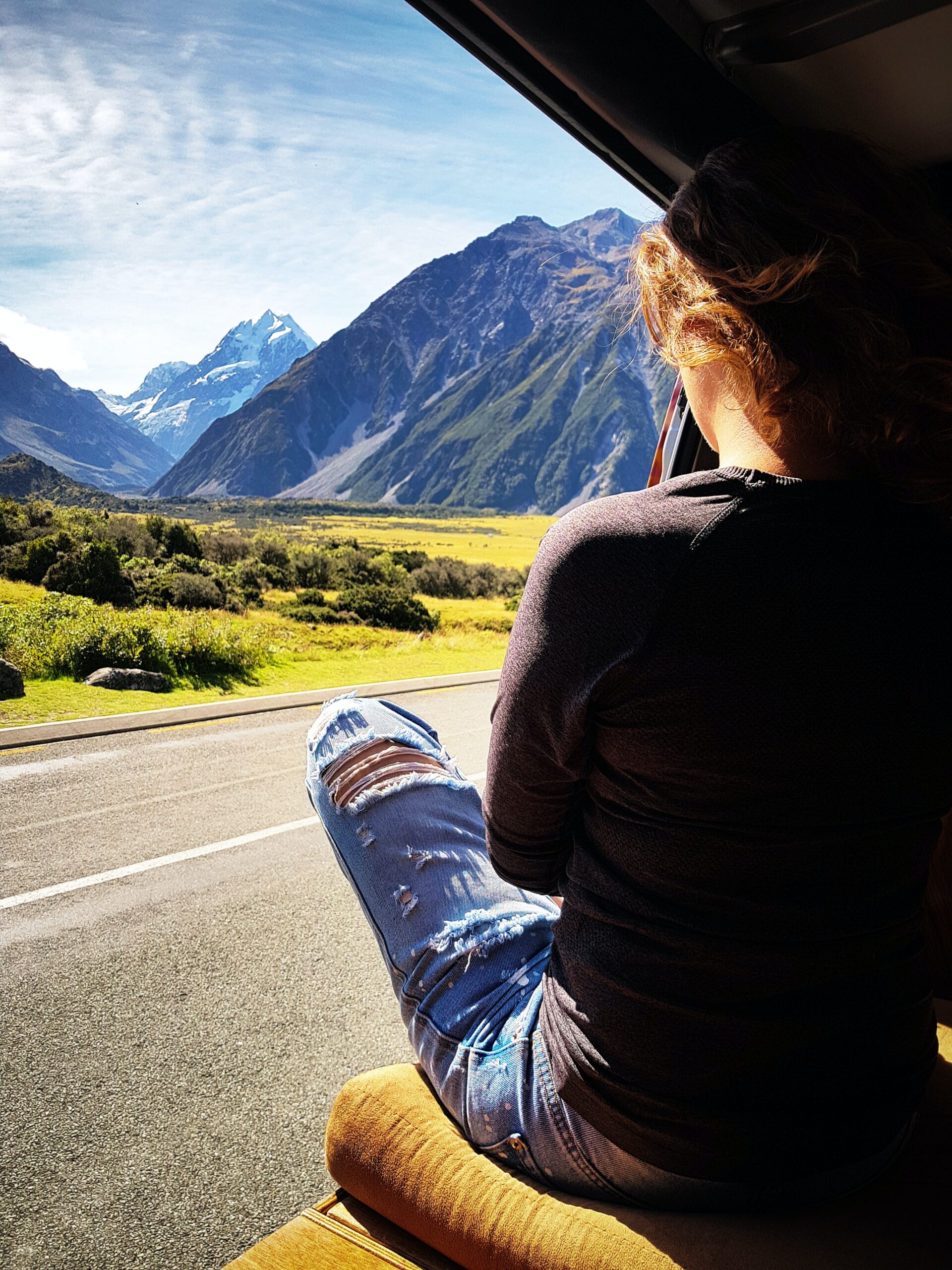
7 Top Van Life Essentials
1. Tool Kit
It’s ludicrous how many people embark on van life without knowing how to work on their vehicle. Remember, it’s your home now… you have to know how to keep it in good shape.
When you live in a house in the suburbs, it’s easy to call a plumber or electrician if something goes wonky. Consequently, when your home is a van on the open road, you may not always be in populated areas where you can easily find a mechanic to help. Hell, you may not even have phone service. Besides, if you do find someone, they could charge you an arm and a leg for basic services.
Tons of van lifers end up bowing out simply because they underestimate the cost of vehicle maintenance and repair. After all, when you’re living in your vehicle, it goes through a lot more wear and tear than normal.
Don’t worry though. You don’t have to be a full-blown auto mechanic if you want to succeed at van life.
But you do need a good set of tools.
A few must-haves include a ratchet and socket set, a jack, a tire pressure gauge, a lug wrench, jumper cables, a battery tester, a torque wrench, a variety of traditional wrenches, screwdrivers, and pliers (dedicated spark plug pliers are very helpful), a set of hex keys, funnels and a drain pan, a thread gauge, and some type of anti-seize lube.
These tools are no good if you don’t know how to use them, but when you’re just starting out, a basic level of automotive knowledge is okay. Therefore, you should be able to change a flat tire, jump and replace your car battery, change your oil, and so on.
Beyond that, all you really need is a willingness to learn on the fly. You don’t have to know how to fix every problem, but you should be ready and willing to tackle them when they arise. Some issues require a garage and expert know-how, but most don’t. DIY everything you possibly can. If you’re calling a mechanic every time something goes wrong with your van, not only are you spending precious cash, but you’re passing opportunities to learn how to fix these issues yourself!
YouTube is full of easy-to-follow DIY tutorials for all manner of automotive maintenance and repair. You’d be surprised how many jobs you can manage on your own. Just make sure you have the tools in the first place!
2. Portable Power Station
Every van lifer needs a solid source of power when their van isn’t running. A reliable, high-capacity power bank is crucial when it comes to powering your fridge, phone, laptop, camera, space heater, mobile hotspot, fan, lights, and any other electronics you may need.
At a minimum, I recommend a power station with a capacity of at least 500Wh. If you’re mostly staying at established campgrounds and you have a pretty mellow electronics setup, this will get you through the days and nights when you need portable power. If not, consider upwards of 1000Wh. A battery rated for a wide range of working temperatures is also very useful, particularly in winter and summer extremes.
The best portable power bank for you will depend on your setup, but it should support charging multiple appliances via AC, DC, and a variety of USB-type port outlets. It should also be able to be charged via both car and wall electrical outlet, if not through solar panels as well. (High-quality solar panels can be a game-changer for free van life energy, especially in the desert Southwest.)
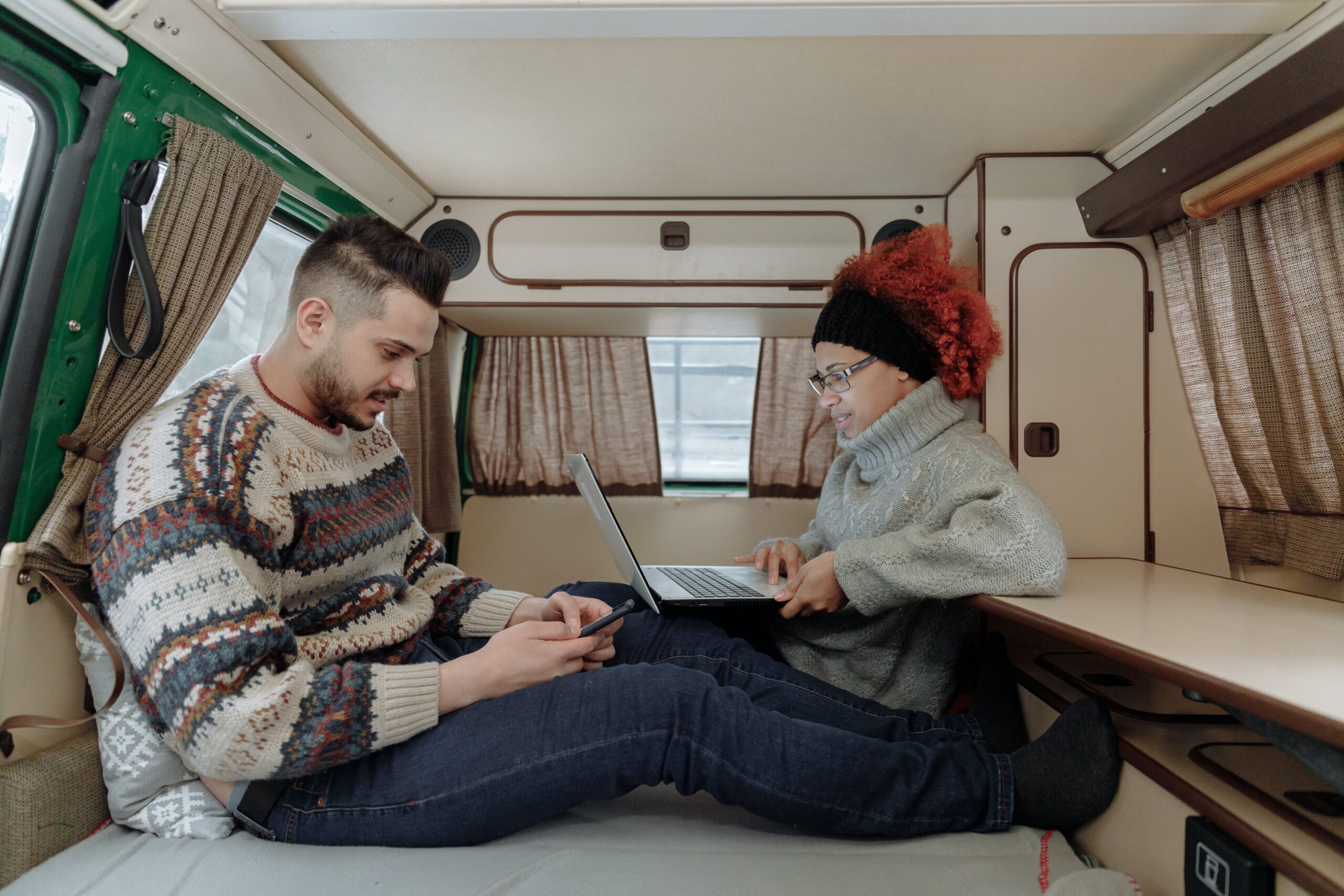
3. Mobile Hotspot
Almost every van lifer today will want Internet access in their van. Watching Netflix, downloading trail maps, posting on social media, working remotely, surfing the web for van life cooking recipes or those DIY mechanical tutorials we talked about earlier… this stuff all requires the Internet!
Sure, hot-spotting from your phone can get you through in a pinch, but in the long term, you’ll want a dedicated mobile hotspot. Most carriers offer some form of mobile hotspot device. Verizon has the Jet Pack. Sprint has the MiFi. The NETGEAR Nighthawk is a well-vetted device for AT&T and T-Mobile users. SpaceX’s Starlink is another option that’s growing in popularity with many van lifers.
It doesn’t matter what you choose, it’s just important that you get it set up and account for it in your budget before you hit the road. Mobile hotspots aren’t cheap, but reliable Internet access will make or break the van life experience, so don’t let this one slip!
4. Fridge or Cooler
Unless you plan on eating Cheez-Its for every meal, a fridge or cooler is a must-have when living out of your vehicle. Fruit, veggies, meat, fish, dairy products… it all needs to be kept cold!
Most serious van lifers opt for a portable electric fridge, but others get by with an extremely durable cooler. Your choice should depend on the meals you plan to cook, how much space you have in your rig, and other factors specific to your situation. If you plan on eating mostly canned or dried food, maybe a cooler is fine for the few times a week you cook fresh, or for beers on Friday afternoon.
But don’t underestimate the convenience of having a portable fridge instead of a cooler. Portable fridges may be more expensive than coolers, but changing out melted ice and dealing with soggy food gets old fast. Because of this, coolers can end up being a more costly choice in the long run.
Whatever you decide, make sure you have a way to keep your food cold!
5. Backpack
Even if you aren’t planning on hiking, I’m a big believer that every van lifer needs a trekking pack. A large backpack is obviously helpful if you ever plan on backpacking or day hiking (and you probably will at some point). But it’s also useful for carrying groceries, jugs of water, laundry, and your daily essentials if you ever break down and need to ride into town for help.
Basically, anytime you need to leave your home on wheels, your backpack is there to serve as a mini, home on your back.
The qualities of a good trekking pack are too myriad to dive into here, but luckily, for basic van life use you don’t need to worry about all the bells and whistles that folks might want for hiking the Appalachian Trail.
Size is important, though. Your pack should hold at least 60 to 75 liters of gear. It should have a sturdy, padded hip belt and at least one large internal pocket (as opposed to multiple small pockets with dividers, zippers, Velcro, clips, etc). However, try a few packs on at your local outdoor store—and see how they feel with weight in them—before you purchase one.
6. On-the-Go Hygiene Solution
Anyone who’s slept outdoors or in a car—even for a single night—understands the value of a shower. A fresh, clean, odor-free body is the first step in a spectacular day. It’s also the best reward at the end of a grueling adventure.
As a nomad, you’ll discover that keeping yourself clean is the cornerstone of daily life. So a natural, nourishing body wash product—one that allows you to clean your skin and remove odor while on the move—is invaluable.
Soap and water work fine if you have a shower. But when living out of a van, with no running water, you need a product like BODDI, one that offers a refreshing full-body cleanse without any water.
BODDI is basically a shower in a bottle. It’s a “use anywhere” no rinse body wash that whisks away sweat, dirt, and grime to give you an instant refresh. No rinse is required! Now all you need to do is get back to the adventure…
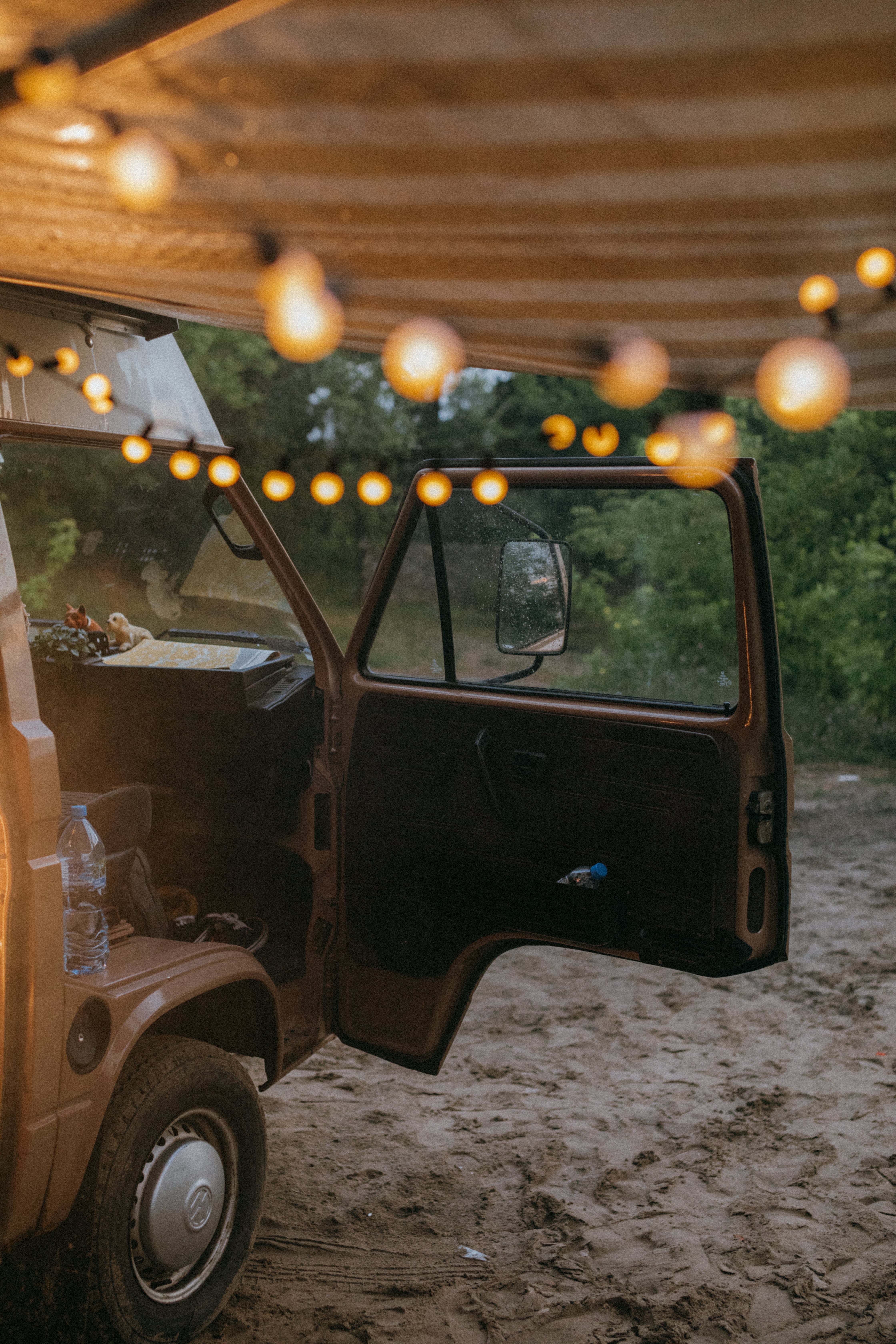
7. An Open Mind
I told you at the beginning of the article that my motto for van life was BE PREPARED.
That wasn’t completely true. It was only the first half. My real motto is BE PREPARED… TO GO WITH THE FLOW.
A tool kit, portable power station, mobile hotspot, fridge, backpack, and hygiene system are all important, but when you dive into van life, the most important piece of gear you can have is an open mind.
I sort of talked about this in the “Tool Kit” section, but in a broader sense… stuff is going to go wrong now and then. You’ll get stuck in sand. Your food will spoil. You’ll get poison ivy all over your body. A black bear will crack your window looking for the toothpaste you forgot to stash in your bear bag.
I’ve slept in tents, underneath motorcycles, in the bed of trucks (and yes, in vans) from Albania to Paraguay to Morocco to New Zealand. Therefore, no piece of gear has served me better than a willingness to take things as they come.
Whenever things go wrong, close your eyes, take a deep breath, and remember that at least you aren’t sitting in some cubicle somewhere, starting at an Excel Spreadsheet. You’re LIVING. Obstacles are part of the adventure.
If you can enter the van life with this mindset, and try to maintain it whenever things go wrong, then you’re going to kick ass on the road.
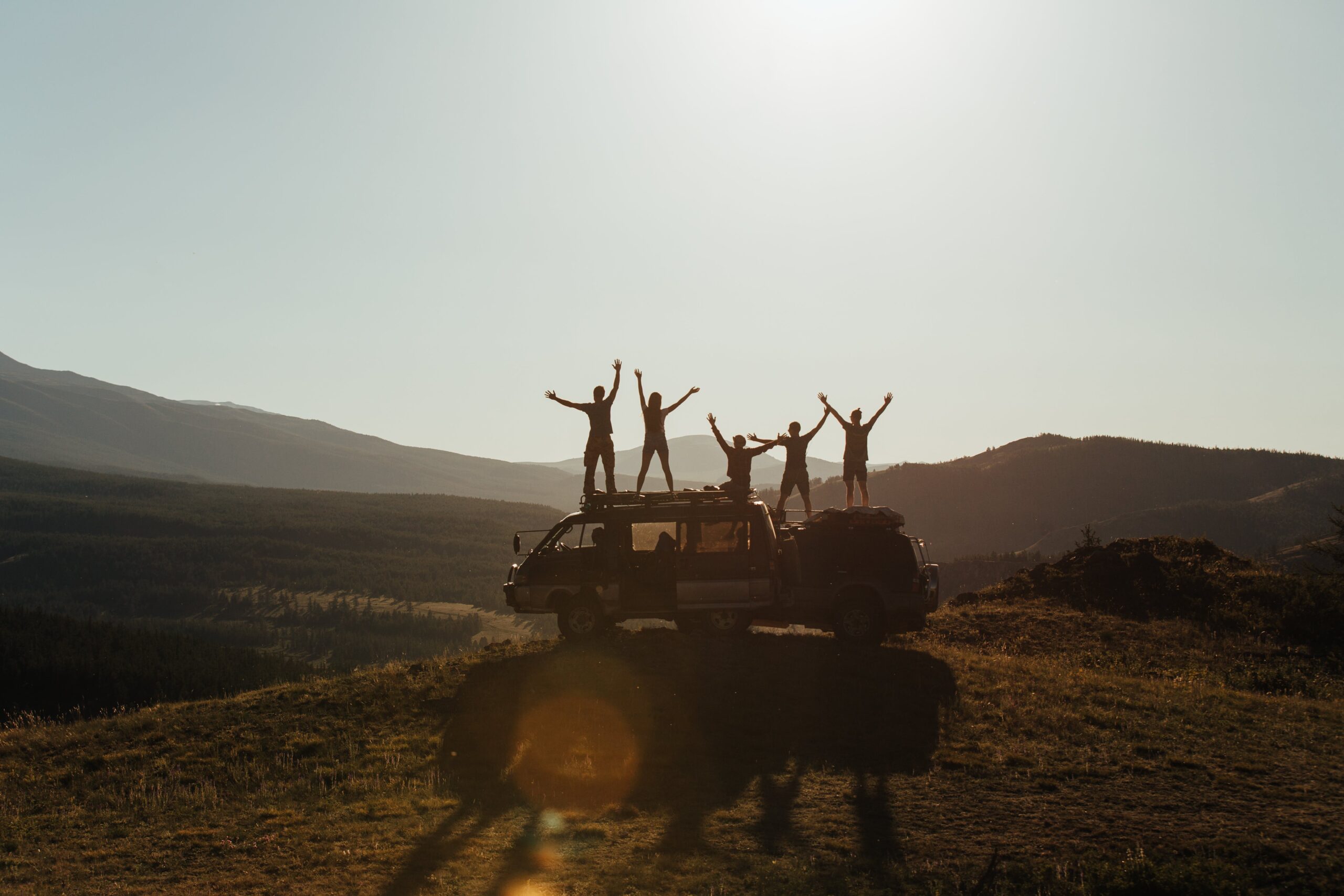
Van Life Gear: Everything You Need
While the van life essentials list above is important, there will be other items you want or need. Ultimately, that depends on several factors and what you are looking for in your van life journey. For example, are you documenting your van life adventure? Don't forget the camera gear!
The full-time van life may mean forgoing a few creature comforts. Accordingly, that doesn't mean camper van living means a rejection of all the frills. Due to your personal circumstances, there may be items you find personally important.
Start a conversation with other van lifers to see what they've experienced on their outdoor adventures; you may find their thoughts can potentially save you time and money by being prepared in advance.
Finally, as promised, below is a more exhaustive van life packing list. Your priorities here may differ from the next person. You may have very little space to work with. So, assess your situation before you go off-grid.
Life Essentials: Sleeping Gear
- Mattress
- Bed sheets or sleeping bag
- Pillows
- Blanket
- Storage bins to save space and organize gear
- Portable propane heater
- Window covers
- Camp chairs
- Hammock
- Hand ax
- Pocketknife
- Headlamp
- Camping lantern
Life Accessories: Van Kitchen Gear
- Refrigerator or cooler
- Portable folding table
- Coleman classic propane stove
- Coffee maker
- Frying pan
- Pot
- Spices
- Can, bottle, and wine openers
- Cups
- Knives
- Plates and bowls
- Coffee mugs
- Thermos & water bottle
- Cooking and eating utensils
- Dish soap
- Sponges or washcloths
- Paper towels
- Water storage jugs
- Water bottles
- Lighter or matches
Dwelling: Safety Gear
- Solar power bank
- Jumper cables
- Fire extinguisher
- Emergency beacon
- Roadside emergency kit
- Snow chains
- Traction boards
- First Aid kit
- Carbon monoxide detector
- Hiking shoes and town shoes
- Air compressor
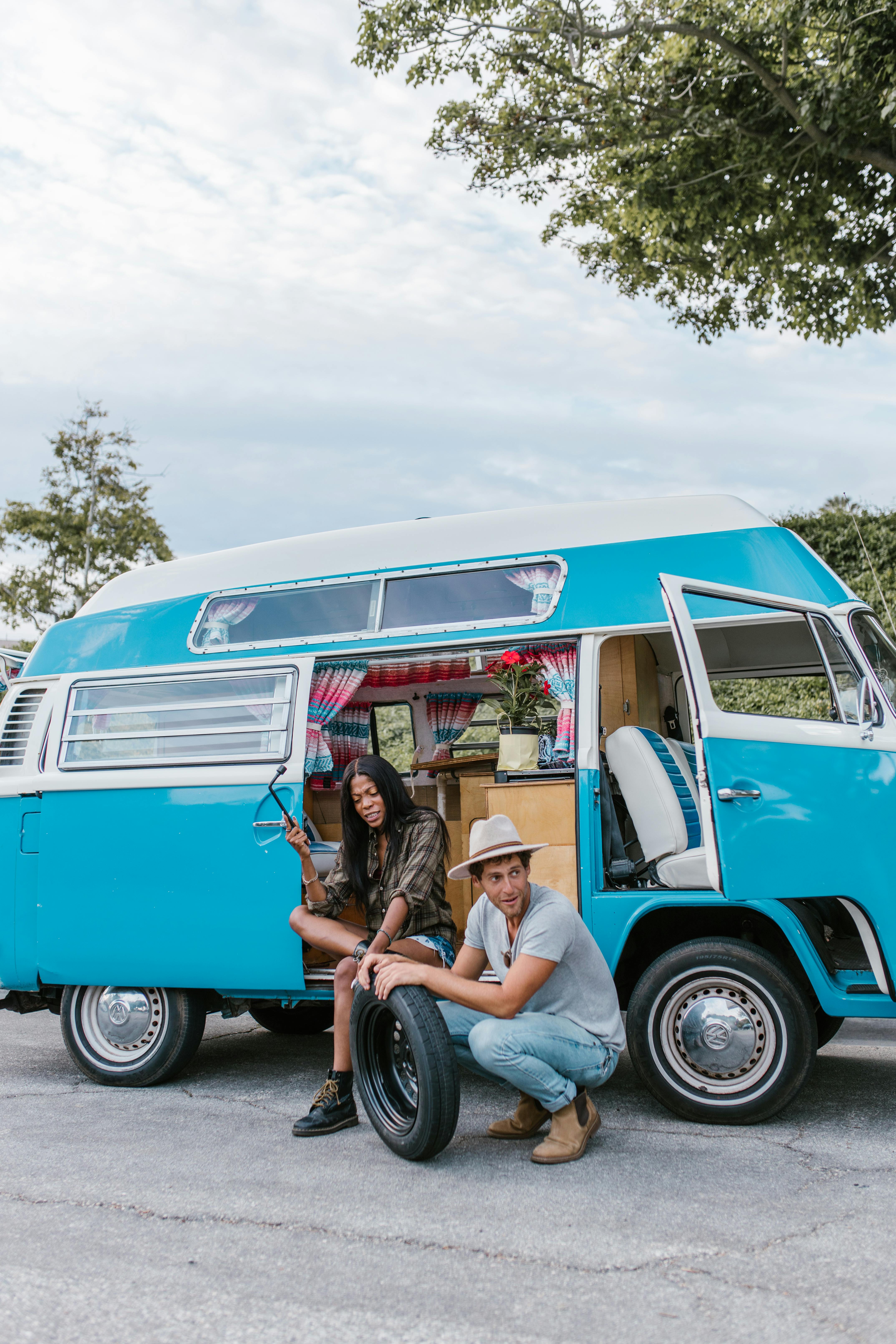
The Ultimate Van Build: Bathroom Gear
- BODDI
- Portable toilet
- Toilet paper and/or baby wipes
- Towels
- No rinse body wash
- Prescription medications
- Feminine products
- Toothbrush
- Toothpaste
- Dental floss
- Deodorant
- Chapstick
- Shower shoes
Van Life Essential Items: Comfort Items
- Camping table & comfy camping chairs
- Battery-operated fairy lights
- Packing cubes or other storage space solutions
The information provided in this blog is for general informational purposes only and should not be considered medical advice. Please refer to the Privacy Policy for details on website practices, disclaimers, and disclosures.
BODDI products are formulated for a wide range of skin types, but everyone’s skin is unique. We recommend performing a patch test before full use. If irritation occurs, discontinue use immediately.
For the most accurate and up-to-date information about BODDI products, please visit boddiskin.com.
* Owen Clarke is an American action sports and adventure travel journalist focusing primarily on climbing and motorcycling. His work appears in 50+ international magazines, including Outside, Travel + Leisure, Climbing, Iron & Air, Trail Runner, Backpacker, SKI, Rock and Ice, Yoga Journal, and Clean Eating. Owen is the editor-at-large of The Outdoor Journal, editor of Climbing House, a former columnist and editor-at-large for Climbing and Rock and Ice magazines, and the former executive editor of Skydiving Source, among other roles. Also, he is a leading writer for the 3D alpine navigational tool PeakVisor.


